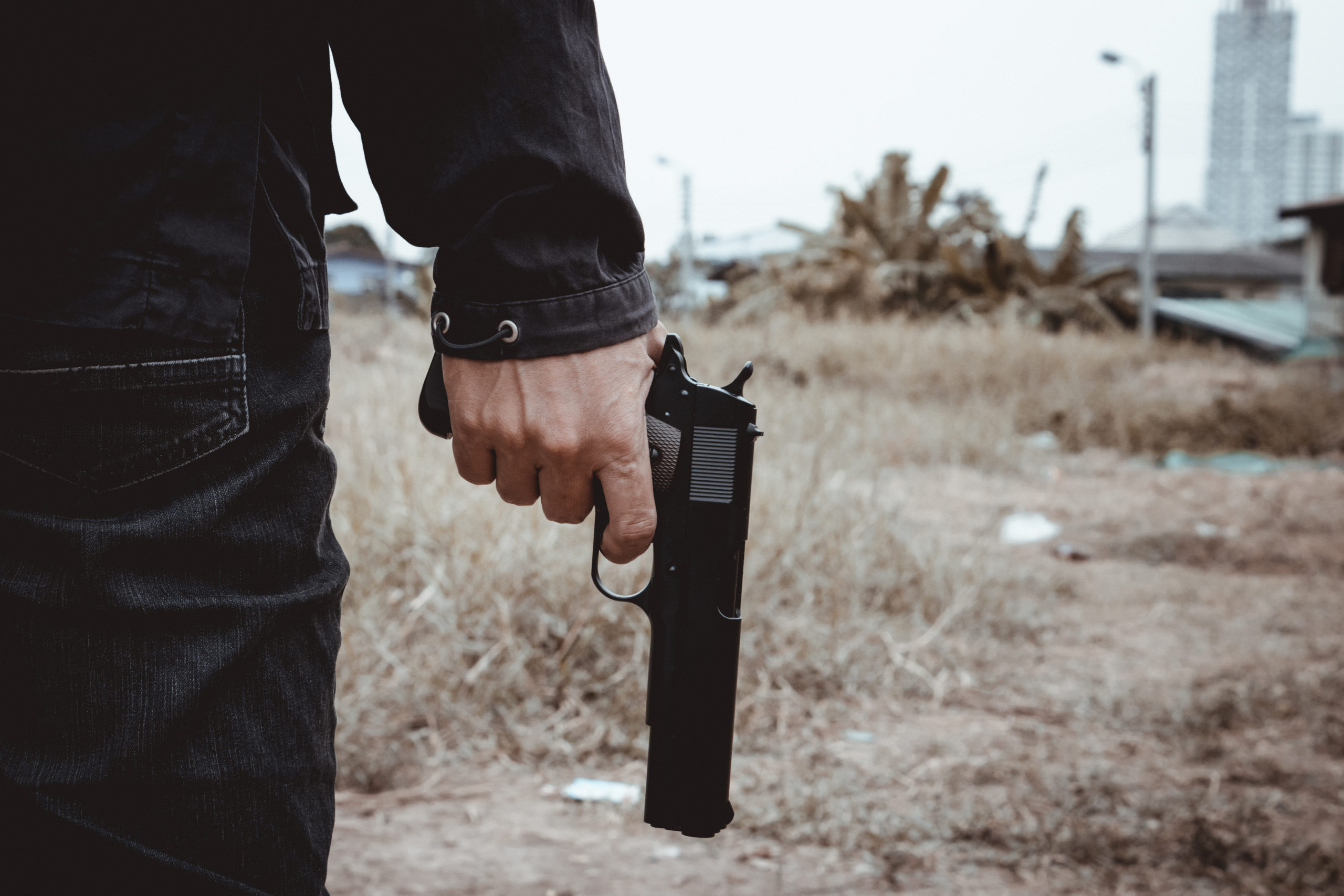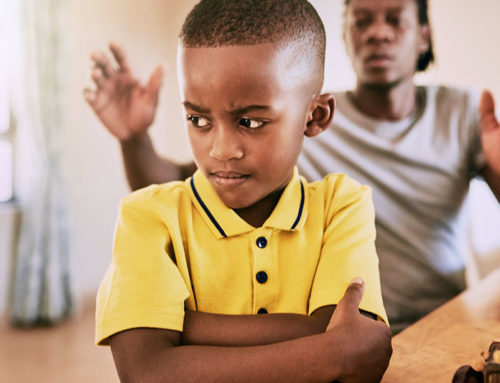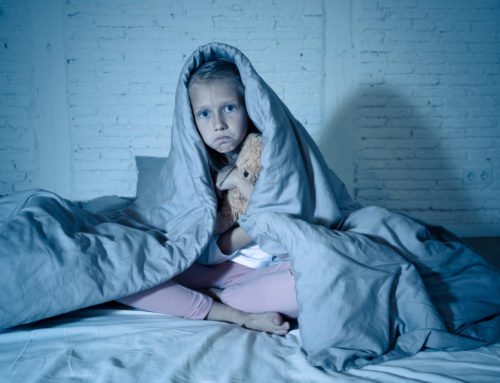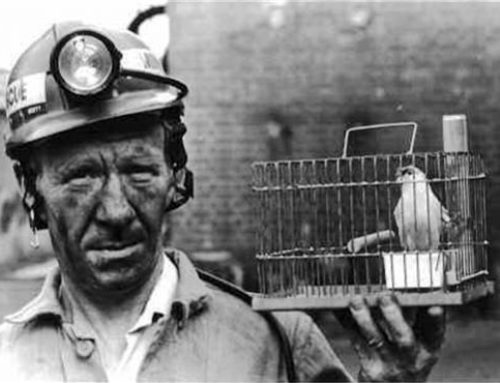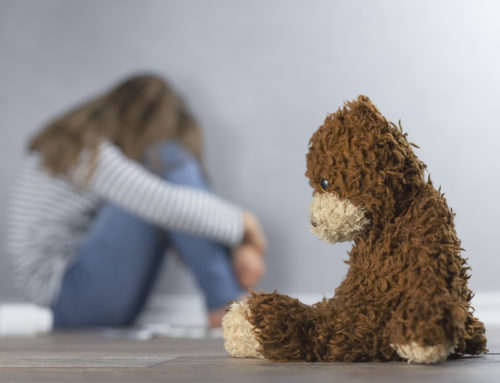by Tom McSheehy MSW, LSW
“Do not teach your children never to be angry; teach them how to be angry.”
Lyman Abbott
“Anyone can become angry—that is easy. But to be angry with the right person, to the right degree, at the right time, for the right purpose, and in the right way, that is not easy”.
Aristotle
The United States is the most violent country in the world. Gun violence has been rising steadily since 2014 and fatal shootings in large cities are up 80%. 1.5 million Americans have died between 1968 and 2017 from gun violence, which is greater than all of the deaths of soldiers in American wars since the American Revolution.
According to data from Centers for Disease Control (CDC), 38,355 deaths from guns took place in 2020. The violence committed with guns was inflicted on others and on ourselves with 14,414 homicides and 23,941 suicides.
We continue to put band-aids on the issue of violence without addressing the root causes of it. I believe that schools can really have a huge impact in reducing violence in our society.
Fear is literally in control. The main job of the human brain and nervous system is to protect us from perceived and actual threats and to keep us alive. The more primitive parts of human brains are being hijacked more easily and more often into acts of violence.
We unconsciously promote behaviors and actions that lead to more violence. We don’t teach children how to feel and how to deal with intense, uncomfortable emotions that trigger them into reactive, harmful behaviors. Over the generations, we have taught our children that strength is the denial and repression of their emotions. This has led to children being unable to deal effectively with their anger and hurt and not being able to feel empathy and the impact of their hurtful actions.
What Are the Most Powerful Places to Reduce Violence?
There are many contributing causes of violence. It is not a simple issue. There is no doubt that the extreme stress of poverty, unemployment, and early childhood experiences related to abuse and trauma can make individuals more susceptible to participate in violence. We need to empower marginalized communities with the support of quality daycare, job training, housing, food, investment, health care, and mental health care.
Gun laws would also be extremely helpful. Harvard research has shown that where there are more guns, there are more homicides. With the lack of movement on gun laws and with people’s increased fear, I don’t think there will be much constructive change in this area in the near future except in certain states.
There is one relatively quick, economical, and effective way to reduce violence. This is something that the school community, including school administrators, students, teachers, and other community members, can do on their own to promote school safety and a safe school environment; without waiting for change at the legislative level.
I believe that one of the most powerful solutions to the violence is to develop the social and emotional Intelligence of children, teenagers, and adults in schools and homes.
I taught elementary and middle school for 21 years, and I have been a licensed social worker / family therapist for 26 years. I have seen the power of the classroom to teach students the skills necessary to successfully manage their emotions, calm themselves, communicate effectively, work cooperatively with others, and solve conflicts in a win/win manner.
When SEL skills are taught in school and at home, young people will develop the skills to successfully manage their anger and hurt and use the energy of those emotions constructively instead of destructively.
Developing the social and emotional intelligence of every student from preschool to high school will give young people and future adults the skills necessary to prevent school violence. Social and emotional learning can also educate students on how their brains work and how anger can hijack the rational thinking parts of the brain.
The beauty of working on social and emotional Intelligence in the classroom is that teachers are also working on skills that are going to help reduce teachers’ stress and help students learn to focus their brains, learn more efficiently, and reduce classroom behavior issues and distractions. So teaching SEL helps academic performance and can reduce violence in society, too.
It is time for every state and school to incorporate social and emotional learning into their daily learning routines. It is not enough to have the social worker or teacher teach one lesson a week for one half hour. Social and emotional learning needs to be treated like reading, writing, and math. Imagine if these core subjects were taught once a week for one half hour. The brain wires itself when behaviors are repeatedly practiced on a consistent basis for sustained periods of time.
How Do Our Brains Get Hijacked into Violence?
The fuel of violence is anger, hurt, sadness and fear. Children either learn how to deal effectively with their anger, hurt, sadness, and fear, or they will default to the lower, more primitive parts of their brains. These primitive parts of their brains (brain stem, limbic system) deal with any conflict or threat with the fight, flight, or freeze response. Anger can lead to rage which can lead to violence unless children learn awareness of anger and strategies for dealing with it before it escalates to rage and violence.
Under stress, your students will default to their learned habits and responses that have been wired into their brains for many years. They will drop to the lower, primitive parts, and they won’t be able to think clearly because they aren’t in the frontal cortices of their brains where logical reasoning and thinking takes place.
The focus is to teach them to notice anger coming on and to step back and take a calming break. Once they are calm and in the frontal cortices of their brains, they can think of how they want to deal with the conflict. This takes practice and role playing in class in order to wire the behavior steps into students’ brains.
Learning About the Brain Can Reduce Violence
Let’s quickly review some brain information that relates to violence. Our brains evolved over millions of years: reptiles to mammals to humans. We have three main social emotional parts in our brains. The two lowest levels of the brain are the brain stem and limbic system. These are the most primitive parts of our brain and have a profound influence on our lives and are connected to violence.
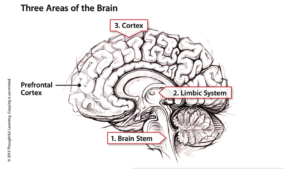
The brain stem is called the reptilian part of the brain, and it’s our survival center… imagine the energy of T Rex.
Right above the brain stem is the limbic system, the mammalian part of the brain….imagine the energy of a German Shepherd: loving and playful at times, but when threatened, it can become fierce and aggressive.
These two parts of our brains are responsible for violence. So it is critical for students to learn about these areas of the brain and how to manage and harness the energy of them for productive actions. This knowledge gives students a sense of understanding and control in terms of what goes on inside their bodies.
There is a critical brain structure called the amygdala. It is almond shaped, and there is one on each side of the brain. It is part of the limbic system. It is our threat protection system, sort of like a fire alarm. It is responsible for setting into action the fight/flight system when we feel threatened, and it floods our body with adrenaline and cortisol.
The more that students learn about how their brains work when stressed or feeling intense emotions, the more that they will be able to manage those intense emotions.
Children who have been through trauma can have very sensitive amygdalae and can react to the slightest sense of fear with heightened arousal. Too much cortisol slows the development of the hippocampus, which is our emotional memory and is located right next to the amygdala. Researchers have stimulated the amygdala and produced aggression and violence in their research subjects. The frontal cortex can calm the amygdala and stop it from hijacking the brain.
What Is Going On in the Brains of Enraged People?
So what happens to the brains and bodies of people who have become enraged? Enraged people have dropped down to their brain stems and limbic systems, and they are not in the frontal cortices (the brain area right behind our eyes and eyebrows) where they could think logically and make rational decisions. Their brains have become hijacked by the amygdala, and they are now under the control of more primitive parts of their brain connected to survival and fear. They have the energy of a T Rex and a threatened German Shepherd.
When anger isn’t dissipated and released in healthy, productive ways on a day to day basis, it will build up and can explode into rage which can lead to violence. We, as a culture, don’t really teach children how to express anger in healthy, productive ways.
Anger is a really important emotion. It can be powerful and inspiring when channeled from the heart and expressed with vulnerability, yet it is also volatile and potentially dangerous if mismanaged or misused.
Anger is like the wind. When sailors use the wind well, it powers their boats. When they don’t use the wind well, it can destroy their boats.
Anger helps us to create healthy boundaries and gives us the energy to speak up and take necessary stands. Anger is viewed as a negative, bad, or shameful emotion in our society. We don’t have healthy role models showing us how to manage, harness, and use our anger constructively. When we were children, we probably never saw adults grapple with conflict and resolve it a grounded, respectful, and win/win manner.
I believe that Martin Luther King Jr. took his emotional pain consisting of anger, hurt, fear and sadness and used it as motivation to speak out and lead important changes in race relations in the United States. Nelson Mandela did the same thing in South Africa and Ghandi in India.
Emotion is just energy. Emotion means “energy in motion”. When it is pushed down or ignored, it will come out of us somehow, someway; that is the nature of energy. Movies, TV, family, and cultural beliefs teach us to be tough, react, and fight when we are angry. Violence is often glorified and honored in our society.
In my family, people would sometimes argue and disagree, and once in a while, it would get heated and the people involved would yell at each other. One of the people involved in the argument would usually rush out the door and slam the door. Being the youngest of seven children, I never witnessed anyone staying in the room and resolving the conflict or taking a time out and coming back and discussing the conflict later when they were calm. The people involved in the conflict wouldn’t talk for a few days, and then life went on as if the conflict never happened.
Under stress, we tend to fall back to familiar, family patterns that were formed in childhood. But that’s not always a productive way to handle conflict, as my family example illustrates. One of the reasons that I’m passionate about SEL is that it can teach young people productive ways to handle conflict and deal with their emotions if they’re not seeing adults role model these skills.
Are We Promoting Behaviors That Lead to Violence?
When you don’t express your hurt, sadness, or fear constructively, it can get expressed as anger. Underneath anger, there is always hurt, fear, and sadness. Often anger is expressed passively or unconsciously in our behavior because it doesn’t feel safe to express it openly and directly. People can express their anger as gossip, withdrawal, avoidance, violence, bullying, aggression, and abuse / neglect.
Boys are taught in our society that it is not OK to be feel and express hurt, fear, or sadness and those emotions end up coming out of the body as anger. Boys are taught that it is more manly to express anger than sadness, fear, and hurt.
Girls are taught to repress their healthy anger and not be assertive, and their anger and hurt often gets turned in on themselves through cutting, eating disorders, and/or physical symptoms or illness.
What Can Be Done to Prevent Violence?
Undiagnosed and untreated trauma can play a huge role in violence. The ancestors of most American citizens came to this country because of some type of trauma in their home countries. This trauma can be passed along through genetics and through words and behaviors from generation to generation. It is very important to learn about trauma and seek out support from a trauma-trained therapist if you or your child have been through trauma. It is also helpful to teach young people about what happens to their brains and nervous systems when trauma happens.
It is also critical to teach young people to notice when they are feeling angry and to know what to do before the amygdala (the brain’s smoke alarm) has a chance to hijack their brains into aggression or reactivity. Teach your children and students what to do if they are dealing with a conflict. As we know, violence often comes from conflicts.
Take time to discuss conflicts and how to deal with them. Young people need to learn to step back and take a break to calm themselves so they can speak and act from the frontal cortices of their brains where they think logically. SEL programs teach skills related to conflict resolution.
There is no doubt that poverty, trauma, diet, bullying, shame, and isolation contribute heavily to violence. Any intense stress makes us more vulnerable to anger which can lead to violence. The inner need to survive can lead to violence.
More investments in schools, job training, jobs, youth job programs, food centers, youth centers, and youth programs that offer classes in the arts, sports, and other interests would be huge in giving hope and inspiration that can offset the pull of gangs and what they offer to youth.
Until the day that our government sees and values the economic benefits of investing in youth and preventative programs, schools and homes can exercise their power right now to help reduce violence by teaching young people the skills necessary to successfully deal with the stress of poverty and with the anger and fear that can come from poverty.
Classrooms are powerful places to develop mental health skills because there is a community, and there can be a sense of support and connection that breaks down stigmas, shame, and feelings of isolation. There is also a healthy sense of positive peer influence. Support your schools in teaching SEL on a daily basis just like reading, writing, and math. It is a powerful violence prevention program that can improve the school and make students feel safe both on and off school property.
Remember it is so valuable to work on these SEL skills when children are younger (the younger the better) because the SEL skills get wired into young people’s brains and become lifelong habits. They develop a habit of responding to anger in healthy ways and dealing with conflict in ways that don’t lead to violence.
Consistency, practice, and roleplaying are the most critical factors for wiring the brain and learning skills to deal effectively with conflict and anger and prevent future violence.
“If you don’t manage your emotions, then your emotions will manage you”.
Doc Childre and Deborah Rozman
If you would like to stay connected to my social emotional work with teachers, parents, and coaches, click the link below and let me know that you want to receive my Teaching Heart Institute newsletter.
https://teachingheartinstitute.com/contact-tom/

